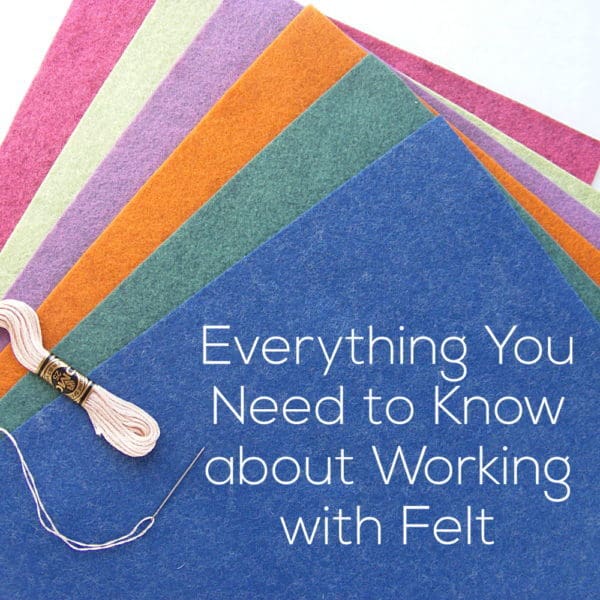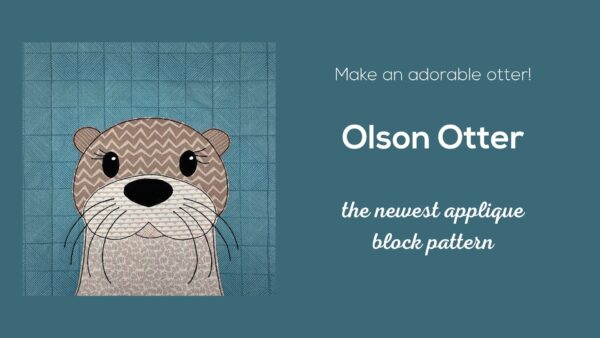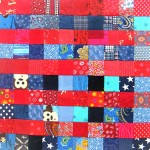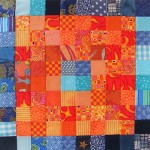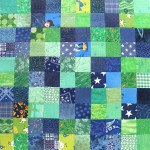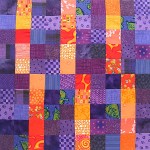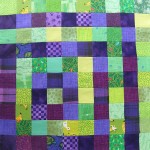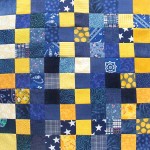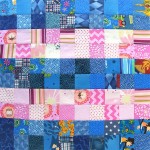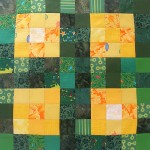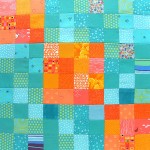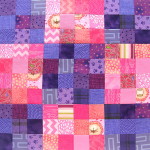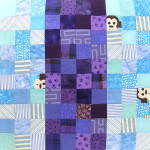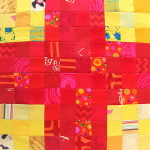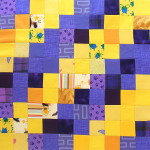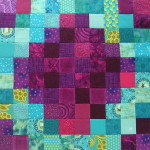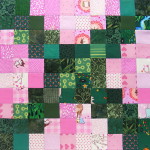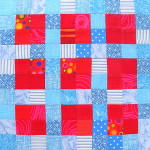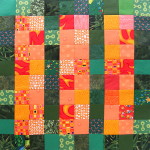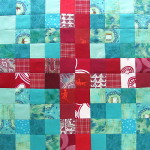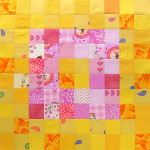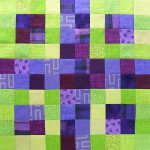I LOVE working with felt! The edges don’t fray, it’s delightfully warm, it takes embroidery beautifully, and it comes in the most luscious colors.
But it’s different than regular fabric.
These tips will make it super easy to work with.
Why wool felt?
It’s way more durable that the cheap acrylic stuff you can buy at any craft store! I wrote a post about the difference here.
One important thing to know – it doesn’t need to be 100% felt to get that quality boost. The main thing is that it’s NOT acrylic. That’s what makes cheap craft felt pill. The felt I use is only 20% wool and 80% rayon and it’s lovely. If you have allergies and can’t work with wool, try bamboo felt instead. It can be harder to find, but it’s WONDERFUL!
How to Mark on Felt?
The trickiest thing about wool felt is that it’s hard to mark on it. It’s so thick that you can’t trace a design through it, and drawing on the felt tends to lift the fibers and make it look messy. I use two products that really help – freezer paper and Sulky Sticky Fabri-solvy. There’s a video here talking about both – but here are the details in a nutshell.
Freezer Paper
I use freezer paper when I just want to cut out small shapes. Trace or print the templates on the paper side of freezer paper, fuse it to the felt with an iron, and then cut the pieces out through the paper and the felt together. Peel the freezer paper off and it doesn’t leave even a trace behind. It’s the perfect way to cut out small shapes very precisely!
If I need to mark dots (usually for eyes) I punch a hole in the freezer paper before I fuse it down, then mark through the hole for very precise placement.
Sulky Sticky Fabri-solvy
If I need to transfer anything more complex than a dot I use Sulky Sticky Fabri-solvy. I love this stuff so much! You print or trace onto the stabilizer, peel off the paper back, and stick it to the felt. Stitch right through the felt and stabilizer and then rinse away the stabilizer. Every trace dissolves in water and you’re just left with beautifully stitched felt. I show a lot of process photos demonstrating this in action in this post.
I can’t say enough how much I love this product. It has opened up a whole world of possibilities!
Whipstitch
I mostly use whipstitch to applique on felt and to sew felt pieces together. It’s called whipstitch for both uses – but the stitch actually looks a little different for the two applications.
This video shows how to use whipstitch for felt applique. I love doing this so much!
This video shows how to use whipstitch to sew felt edges together.
You can find all my other felt tutorials here – but those are the two main ones.
Free Felt Patterns
Want to give it a try? You can find a whole bunch of free felt patterns here. Baby booties, coasters, garland, softies – there are lots of different designs to choose from.
Here are a few of my favorites. . .
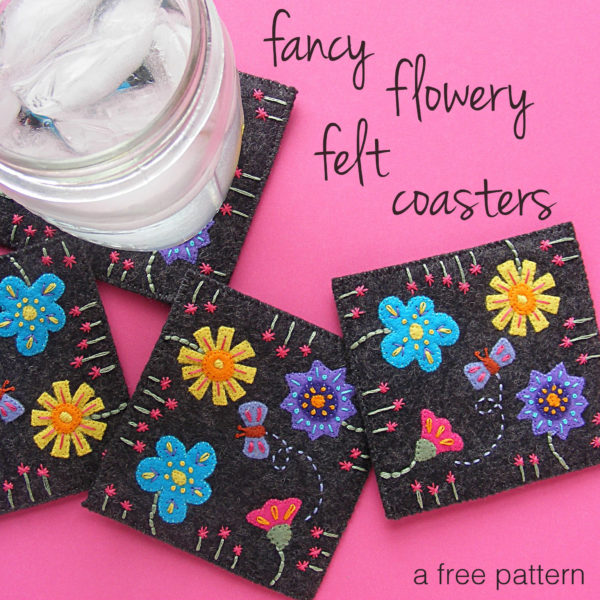
This free felt coaster pattern is a great way to get started working with felt. You’ll do a little applique and a little embroidery and you’ll end up with a pretty set of coasters.
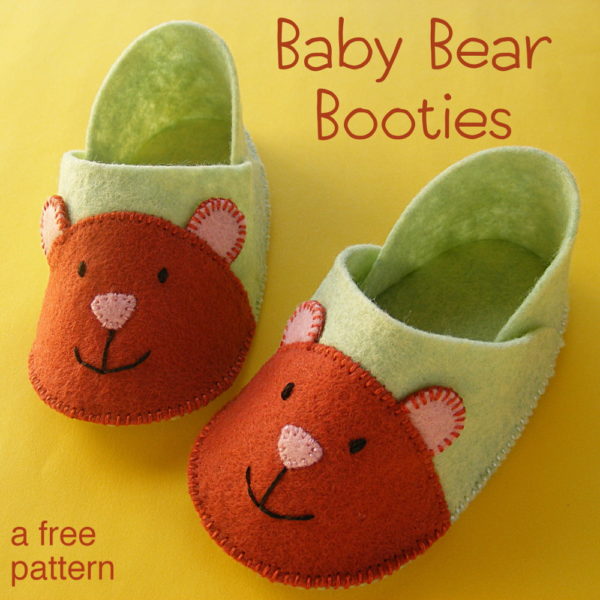
These baby bear booties are just too adorable. This is a terrific first not-flat project.
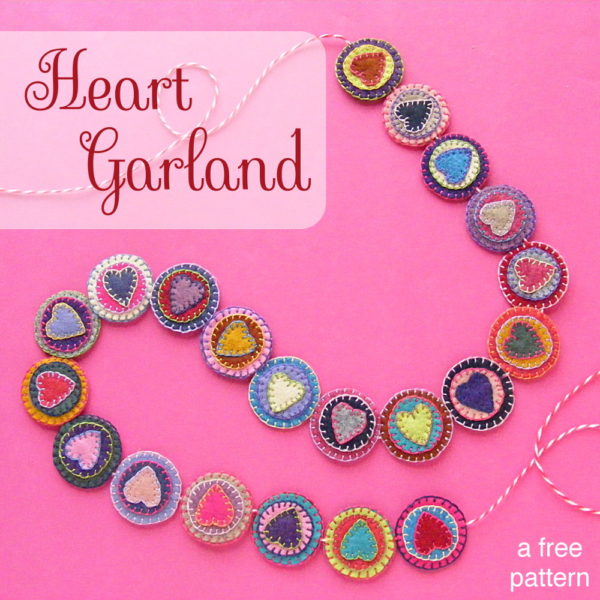
If you’re got a lot of random felt scraps, try this free felt garland pattern. It teaches you a different way to applique and join pieces together – the blanket stitch.
Want to try some more projects? You’ll find lots of felt Christmas ornament patterns here, and all my other felt patterns here.
Have fun working with felt! It really is delightful. 🙂
Happy stitching!

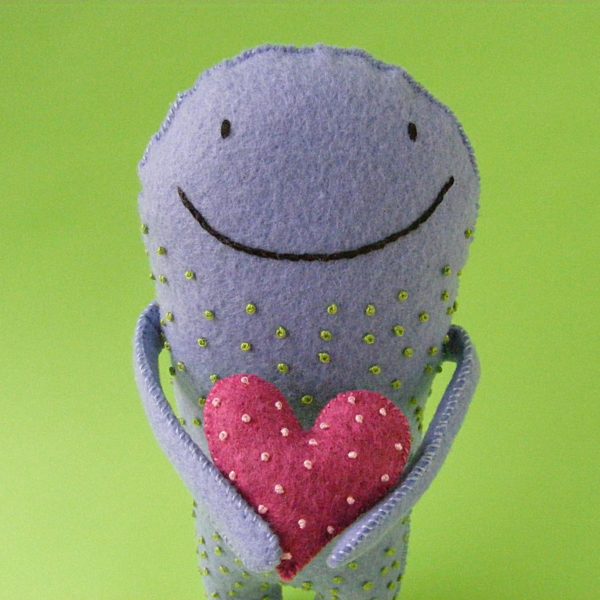
Play with some felt! Try the Oddballs – a fun pattern for silly monsters.





